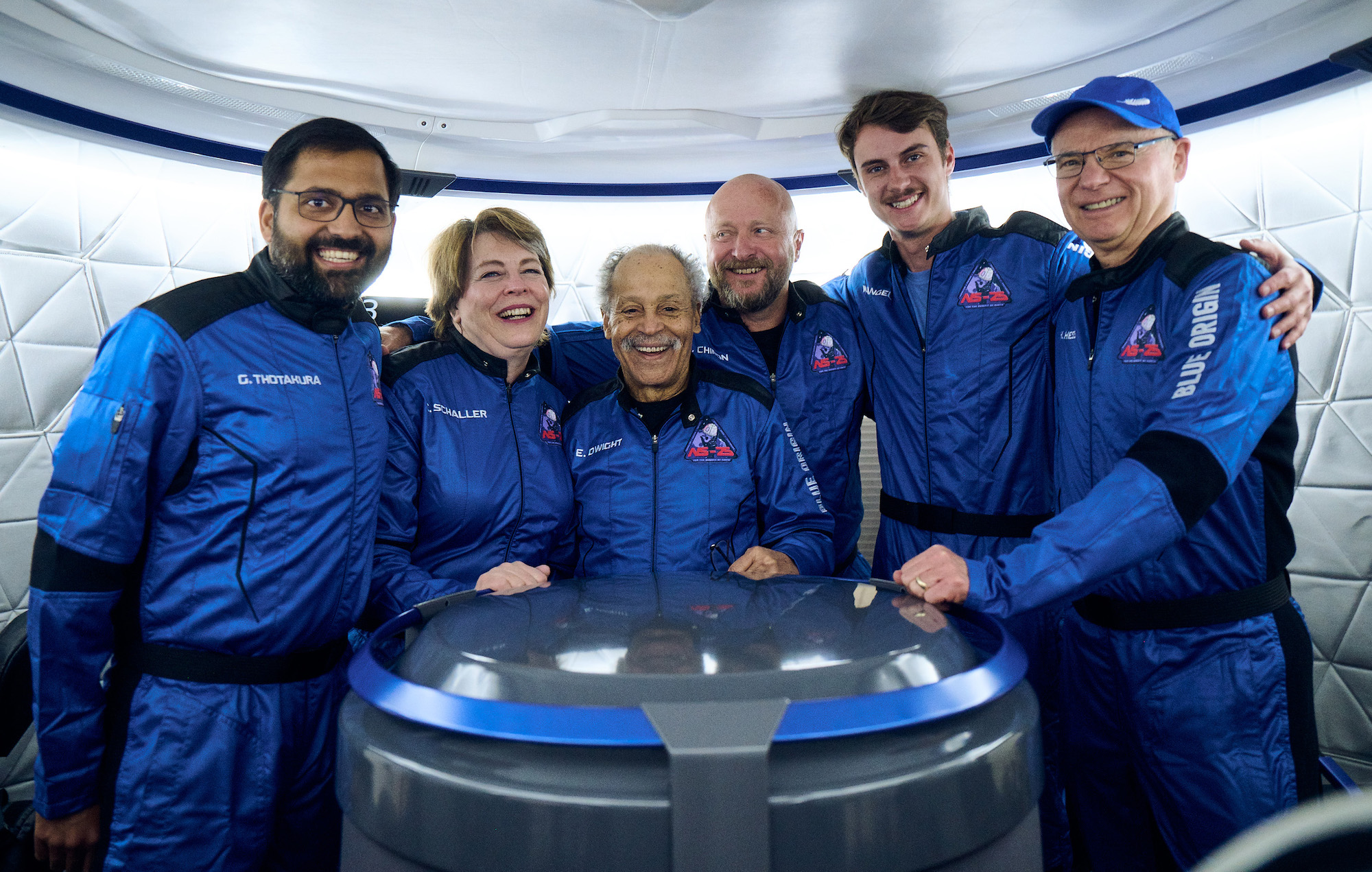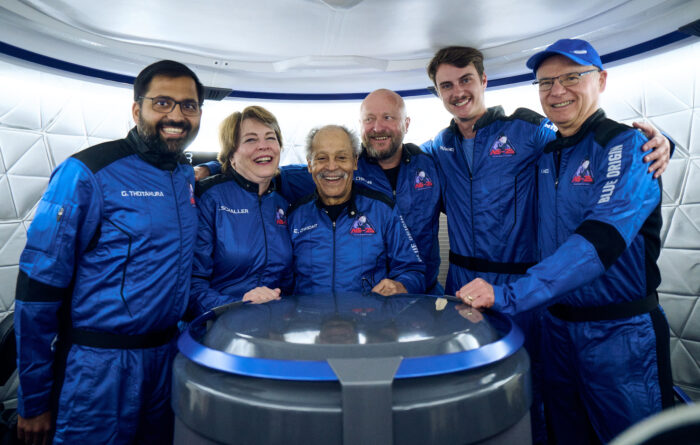The space industry has seen significant advancements in recent years, with lower launch prices and increasing demand for better data and connectivity from customers on Earth. However, there is a growing problem in the market for satellites – they are becoming obsolete very quickly. This is where Reflex Aerospace comes in, offering a solution to address this challenge head-on.
Walter Ballheimer, the founder of Reflex Aerospace, has been involved in the space industry for over a decade. His passion for space began during his time at university, where he worked on student CubeSat projects and was involved in satellite payloads and cameras. In 2014, Ballheimer decided to start his own company, German Orbital Systems, a nanosatellite manufacturer. He also served as the CTO at Exolaunch, gaining extensive experience in satellite launches. With this background, Ballheimer recognized the changing dynamics in the space industry and the need for high-performance platforms that can be delivered quickly.
“The market is changing,” he explains. “Launch prices are going down, making access to space simpler. However, customers demand better data and connectivity, putting pressure on satellite operators to innovate rapidly.”
This recognition led Ballheimer to start Reflex Aerospace in 2021, with a vision to deliver high-performance space platforms that can be tailored to customers’ requirements within a short lead time of just nine months. He explains that the traditional satellite manufacturers are not prepared for the changing market dynamics, as they still build satellites designed for lifetimes of eight to 15 years. This approach is not feasible in an industry where technology advances quickly and satellites can become obsolete within a year.
Reflex Aerospace’s approach involves three main pillars. The first is algorithmic engineering, where the design process is automated and facilitated through generative design algorithms. This allows for faster and more efficient development of different satellite components. The second pillar is software-defined satellites, where all processes and calculations are centralized in a single central processing unit. This approach decouples the hardware development cycle from the mission design cycle, enabling faster development and customization. Lastly, Reflex Aerospace utilizes a micro factory concept for satellite manufacturing, which allows for the production of individual satellites as fast as serial products.

The combination of these innovations enables the company to deliver tailored high-performance satellites within a short timeframe. Ballheimer emphasizes the importance of vertical integration to ensure shorter lead times and deal with supply chain challenges. While other companies focus on subsystems, Reflex Aerospace aims to be a system manufacturer, designing integrated components that perform best as part of the overall system.
Ballheimer’s vision is to provide satellites that remain highly functional and upgradable even after several years in space. He draws inspiration from his experience with mobile phones, where even older models can still run current applications efficiently. By freeing themselves from certain constraints and leveraging advancements in technology, Reflex Aerospace aims to design satellites that can adapt to future developments such as quantum computing.
In terms of the operational lifetime of their satellites, Reflex Aerospace designs them for two to five years. However, Ballheimer emphasizes that the design lifetime is merely a documentation requirement and not a limitation on the satellite’s functionality. The company also offers optional de-orbiting mechanisms for satellites to ensure responsible space debris management. Additionally, their satellites are built in a way that allows for maintenance and potential resale to other operators, creating a secondary market for satellites.
Despite obstacles such as supply chain problems, Reflex Aerospace raises venture capital funding, boasts commercial customers, and is planning their first mission launch for a defense customer in 2024 aboard a Falcon 9 rocket. The company is also considering an extension of their seed funding to accelerate the verticalization of components.
Reflecting on the broader space industry, Ballheimer believes that it is often underrated in terms of its potential to safeguard jobs and promote industrial growth in various societies. He challenges politicians and decision-makers, particularly in Europe, to recognize the growing significance of the space industry and to support it further.
Reflex Aerospace, with its three-pillar-approach, scalable micro factory and high-performance small satellite platforms is heading in the right direction for success and to position itself as the fastest and one of the most adaptable spacecraft manufacturer in Europe.
Featured image: SIGI satellite. Credit: Reflex Aerospace
Share this article:








